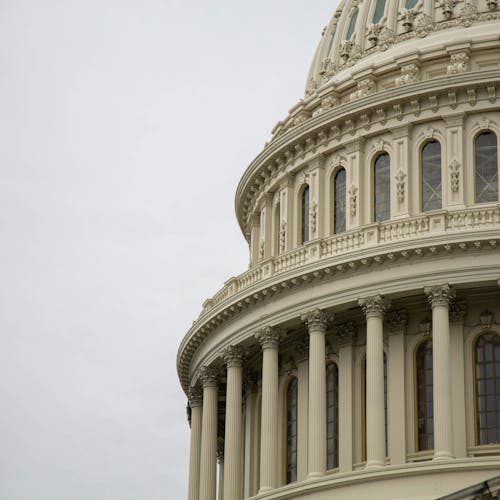TECH TUESDAY: Inside a ballot machine

Millions of Americans will take to the polls for the 2016 presidential election today.
These votes will be cast on a variety of machines, with each state having its own regulations. Voting machines are used to simplify the method of recording the public’s ballot.
The standard voting machine was first produced in the late 1890s in Rochester, New York. It included a mechanism to draw a curtain around the voter to create privacy. Simultaneously, the machine unlocked a lever so the voter could submit their ballot, according to the website for the Smithsonian Institute.
This machine is an example of a gear-and-lever machine, promoted as an ideal voting technology from the late 1890s to the early 1960s. These machines became the official voting method in 17 states throughout the northern portion of the United States in 1920.
The machine operated on a simple process, in which the voter turned levers to mark their chosen candidate and finally pulled another lever to cast their ballot.
In the 1950s and 1960s, new methods began to be developed. One example is the “Votomatic vote recorder,” which had a punch card beneath a keyed ballot. The card was punched every time the voter made a decision.
By the early 1980s, about half of all voting machines in the United States used a punch card system.
This system led to disarray in 2000. Punch cards were aligned off-center and confused many voters, leading to millions of discarded ballots in Florida and new federal law to prevent future problems.
Other voting systems include direct recording electronic (DRE) systems and optical scanner paper ballots, which search for markings on the ballot. These are similar to machines used to grade exams, according to ballotpedia.org.
DRE systems store the voters’ decisions on a local hard disk, allowing voters to cast their choice via a touchscreen or dial. The results can be printed for the voter to confirm his or her decision and can be saved in case of a recount, according to the site.
The “Help America Vote Act,” passed in 2002, was intended to phase out punch card voting systems. Those machines were mostly replaced with electronic voting systems, according to Wired.
Electronic systems have their own challenges to be overcome. Most machines run on older operating systems that are no longer supported by the system producer, making it easy to circumvent existing system protections.
Although votes could potentially be changed through this system, vote manipulation is a larger issue. This happened last summer, when votes in Virginia were discarded because of vote manipulation.
Ballot options are set by the voting location workers, who insert a memory card into each machine. Infecting this memory card with a virus could easily take place and spread to many machines, according to Scientific American.
Despite this, research has shown that neither gear-and-lever machines nor DRE systems are significantly more reliable than the other option, as there is a difference of only about 1 in every 10,000 votes cast, according to the site.
At the end of the day, after all votes are cast, poll workers close the ballot boxes and remove the memory cards from the DRE systems, sending them to a counting facility. The ballots are transported by sworn law enforcement officers, according to about.com.
The counting facility is normally a government office, such as a city hall. At this facility, certified observers watch the counting process to make sure it is fair. Each method of vote collection has its own way of being counted, according to the site.
In a method highly influenced by human error, paper ballots are read by up to two officials who either record the vote or discard the ballot because it is unclear.
Punch card ballots are counted and run through a reading machine. The machine counts the votes on each ballot as well as the number of ballots entered, so officials can double check if there is a discrepancy between their count and the machine’s count, according to the site. Electronic ballots are simply transmitted onto a machine that counts the votes.
This article is part of The Daily Targum's 2016 election coverage. For a full list of articles, click here.
The Eagleton Institute of Politics has released a full list of candidates running in New Jersey municipalities. Click here for more.
Harshel Patel is a School of Arts and Sciences junior majoring in molecular biology and biochemistry. He is the digital editor of The Daily Targum. He can be found on Twitter @harshel_p.



